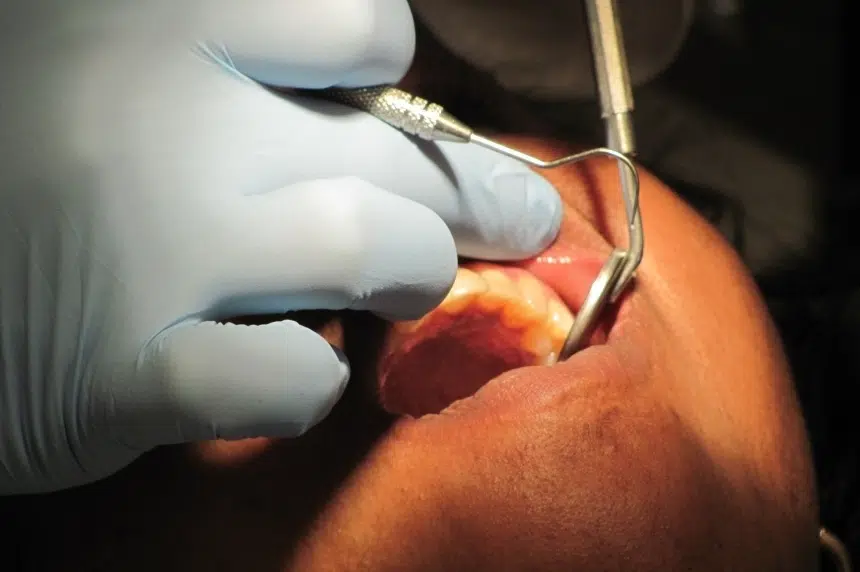A Saskatchewan expert in dental public health is welcoming a new study from the University of Calgary showing that kids who grow up without fluoride in the water supply have higher rates of cavities than those who do.
Researchers compared the dental health of children in Grade 2 in Calgary – which cut fluoride from the water supply – and Edmonton – which still adds it. The study concluded that kids in Calgary had an average of nine cavities, while kids in Edmonton had four.
Gerry Uswak is the dean of the University of Saskatchewan College of Dentistry and specializes in dental public health. He says the study out of Calgary supports what many dental and public health professionals already believe. He says the policy of adding fluoride to the water supply is a safe and cost-effective way to improve overall dental health for an entire population.
“The upside is, if we fluoridate, we know, or we believe that peoples’ oral health will be improved which will reduce the cost of getting dental treatment over a lifetime,” he said.
Uswak notes that the debate is highly political and he respects any community’s decision not to add fluoride to the public water supply, even if he doesn’t agree with it. He notes that there is a public cost to maintain the program. However, he says there is an individual cost when children get more cavities and someone has to pay for it.
He says the downside is that when fluoride is removed from the water supply, like it was in Calgary, this study shows a significant statistical increase in the amount of tooth decay among young children.
“We believe that a lot of that extra decay could have been prevented by having fluoride in the water,” Uswak said.
Regina residents voted against adding fluoride to the water in a 1985 referendum, but Saskatoon does add it.
Uswak says Saskatchewan dentists also collect data on the dental health of school children every five years, and that data shows a higher rate of cavities among Regina children compared to Saskatoon. He explained that the level of analysis isn’t enough to prove a direct correlation in Saskatchewan, noting they would have to do a similar study to Alberta.
“But we have detected over time that there is a difference between Saskatoon and Regina, and Regina has higher decay rates,” Uswak said.
He says the policy of putting fluoride in the water is meant to help prevent cavities in people who don’t necessarily take good care of their oral health. Uswak points out that if everybody took perfect care of their teeth and saw a dentist regularly, then most tooth decay would be caught early enough to reverse the process with fluoride. Unfortunately, that is not the reality for everyone.
“But we can’t expect that, right. We can’t expect everybody to eat the same and brush the same and seek care,” Uswak commented. “You know there’s lots of people in the community who can’t seek regular dental care and dental care doesn’t come to them.”
In terms of protecting the dental health of the overall population, Uswak still maintains adding fluoride to the water is the best way to help everyone.
*A previous version of this story indicated that Regina voted to stop adding fluoride to the water in 1985. That was incorrect because the city actually held a referendum asking residents whether to start adding fluoride to the water at that time. News Talk Radio regrets the mistake.







